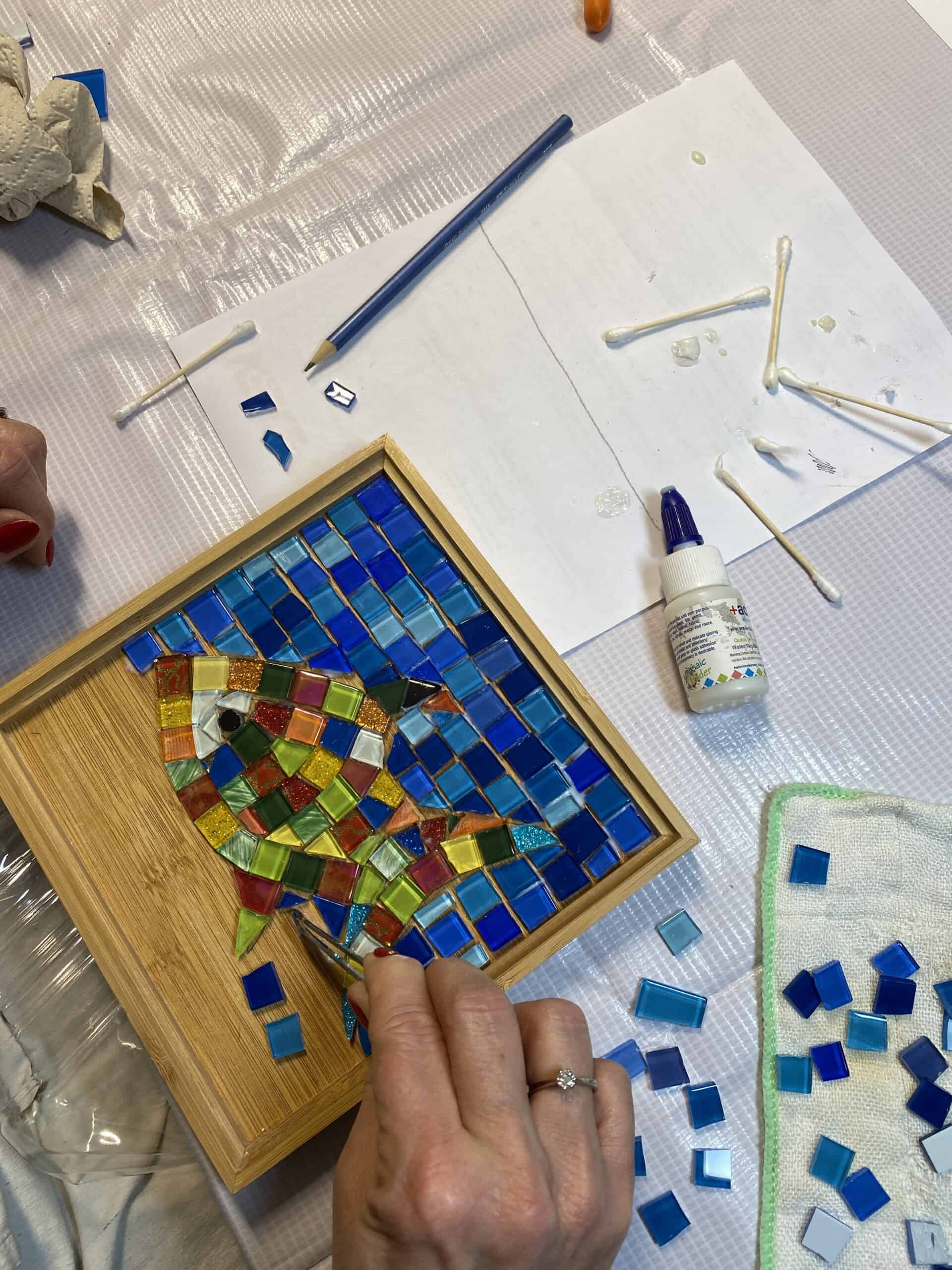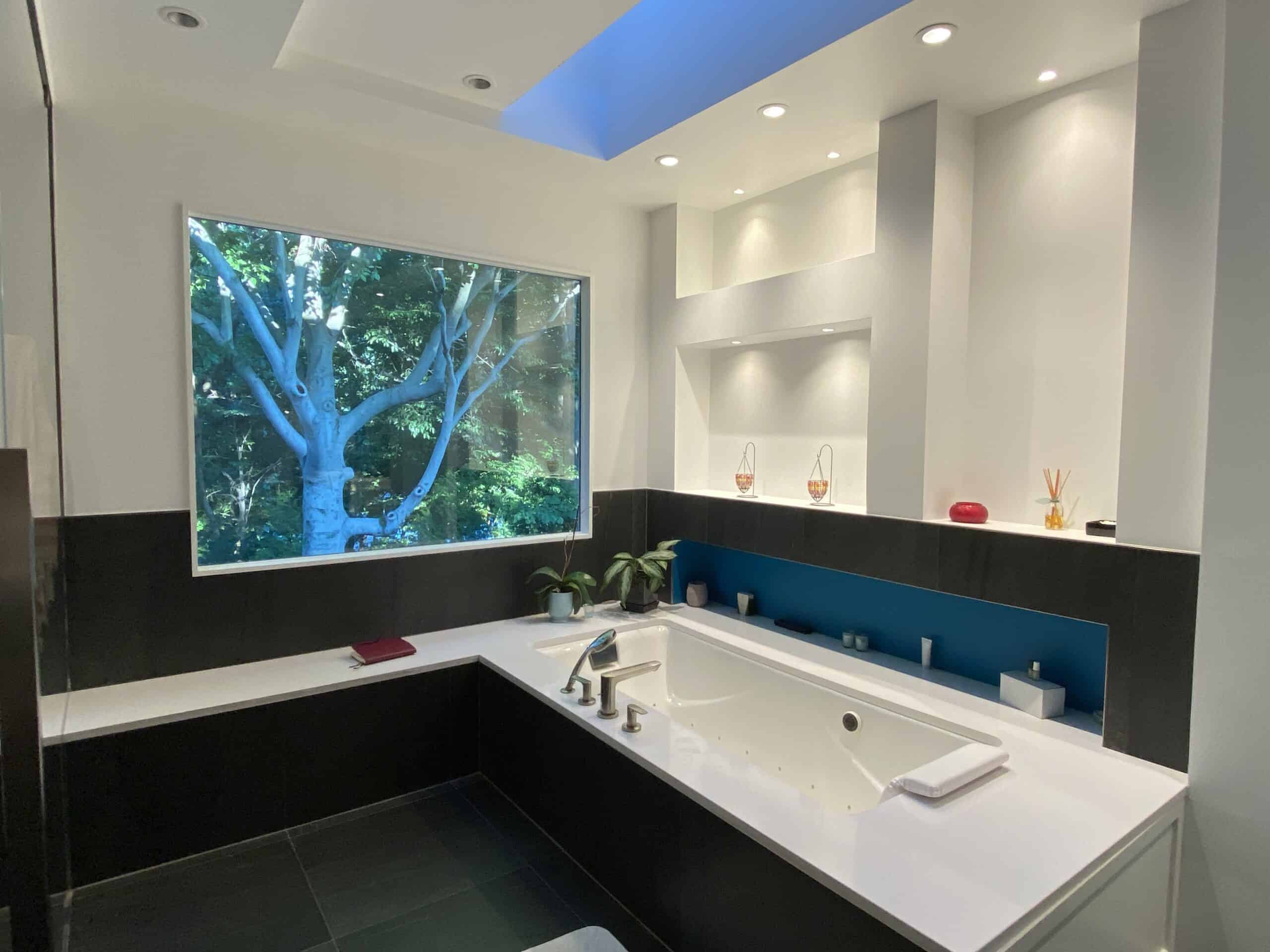Für meinen nächsten Mosaik Workshop am 13/14/15/ Dezember 2024 kann man sich nun über die Volkshochschule Berlin, Mitte, Kurs Nummer: Mi212-014H
anmelden.
https://www.vhsit.berlin.de/VHSKURSE/BusinessPages/CourseDetail.aspx?id=726086
Möchten Sie eine der ältesten künstlerischen Techniken kennenlernen? Das harte Material Glas in Ihren Händen spüren und es mit gekonnten Handgriffen in ein einzigartiges, ganz individuelles Mosaik-Bild verwandeln? Dann ist dieser Workshop genau das Richtige für Sie.
In diesem Kurs werden Sie sich mit der klassischen Mosaiktechnik vertraut machen, die seit Jahrtausenden benutzt wurde, um Räume und Flächen individuell zu gestalten.
Dabei erlernen Sie den Umgang mit der Mosaikzange, Regeln der klassischen Mosaik-Legetechnik und das Kleben und Verfugen eines Mosaiks auf einem ca. 20 x 20 cm großen Träger. Am Ende des Kurses können Sie Ihr Mosaik-Bild mit nach Hause nehmen.
Der Kurs ist für Anfänger*innen geeignet. Es sind keine Vorkenntnisse notwendig.

First workshop


 Im März/April 2024 habe ich gemeinsam mit über 50 Frauen aus dem World Bank Family Network in Washington DC ein Gemeinschaftsmosaik auf der Grundlage von Stickmustern hergestellt.
Im März/April 2024 habe ich gemeinsam mit über 50 Frauen aus dem World Bank Family Network in Washington DC ein Gemeinschaftsmosaik auf der Grundlage von Stickmustern hergestellt.






